How To Clean a Keurig Coffee Machine
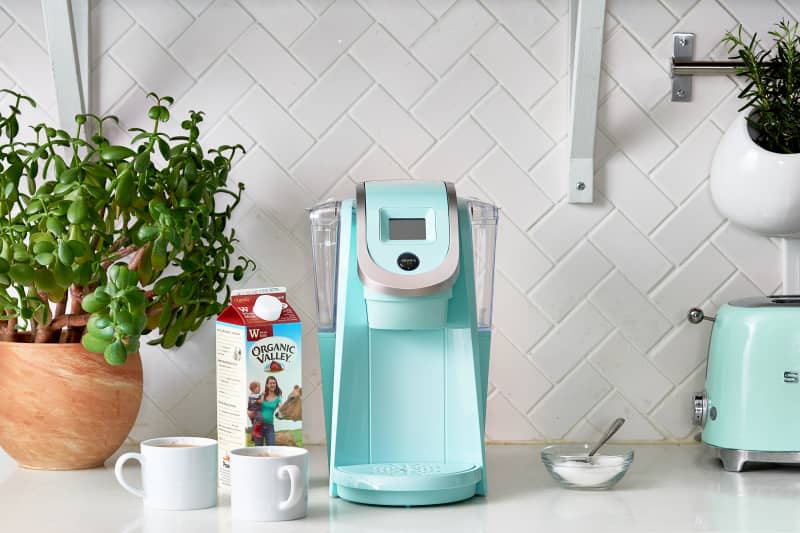
Love them or hate them, pod coffee systems have carved (and kept!) a home in the morning beverage market. If you use this type of coffee maker, you know how crucial it is to keep the system brewing without issue every morning — or maybe all day, depending on your coffee habit (no judgments here!) Could you just imagine if it worked just fine for your husband and then it stopped brewing when you tried to make your own cup? The horror!
As irksome as it might be, keeping up a consistent cleaning schedule with your Keurig (or similar pod machines) is the secret to preventing issues like the dreaded clog. With these machines getting a lot of daily use, they can easily develop clogs that can cause the system to quit completely. No bueno. Luckily, that’s why we’re here, to equip you with the tools needed to keep the coffee flowing, uninterrupted. Here’s a quick cleaning routine to keep your machine running well.
This Is the Best Way to Keep the Coffee Flowing
While we offer a tutorial here to clean your Keurig with vinegar, a household staple for most of us, if you want to be really certain you’re clearing out those clogs you can opt for a descaling solution. This one is the only Keurig-approved cleaning solution for its brewers!
What do you need to clean a Keurig?
While cleaning a Keurig might seem like a bit of a laborious task, it’s actually a lot easier than you may think. In fact, it only requires a handful of items:
Water
Clean, dry cloth
How to Clean a Keurig Coffee Machine
Unplug the machine: It’s a simple but important step.
Disassemble and wash removable parts: Remove the water reservoir and lid, mug stand, and also the K-Cup holder. Wash these pieces in warm, soapy water and dry.
Wipe machine surface: With a clean, dry cloth (or a damp cloth where needed), wipe the surface of the machine. Don’t forget the area around the coffee pod holder where coffee and tea granules may collect. Return all the removable parts and plug in the machine.
Grab the vinegar: White distilled vinegar will help descale (remove lime and scale buildup) your coffee maker, which is key to helping it run. (You can also use a descaling solution.) Fill the water reservoir halfway with vinegar.
Add water: Fill the reservoir the rest of the way with water.
Run the machine: Start the brew cycle without inserting a K-cup. Repeat until the reservoir is empty, discarding the mug contents after each brewing cycle. This process will help remove lime and scale buildup. Keurig recommends descaling your brewer at least every 3 to 6 months depending on your water source.
Repeat rinse with water: Repeat the process using only plain water in the reservoir to remove any residual vinegar taste.
Use as usual: When you’re ready, you can brew a cup of coffee like normal.
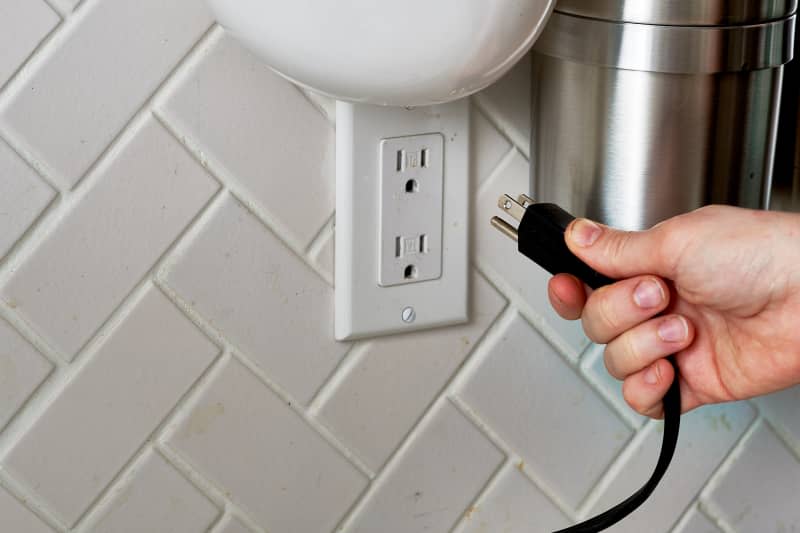
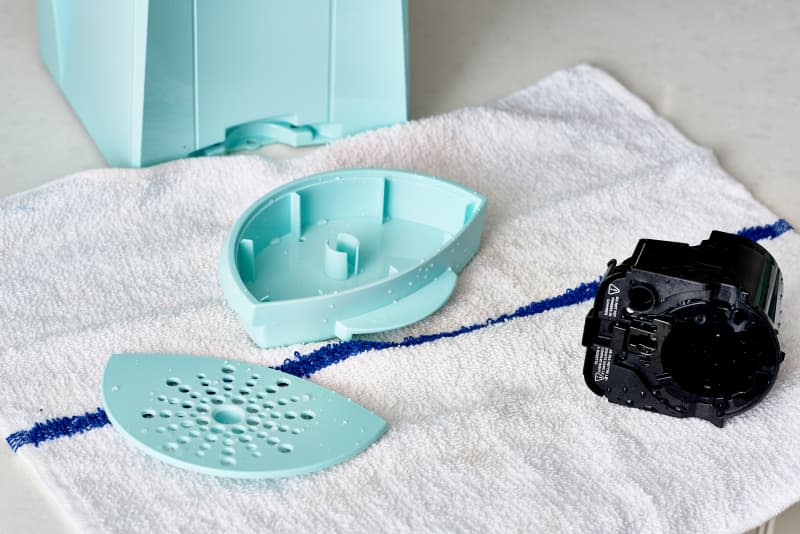
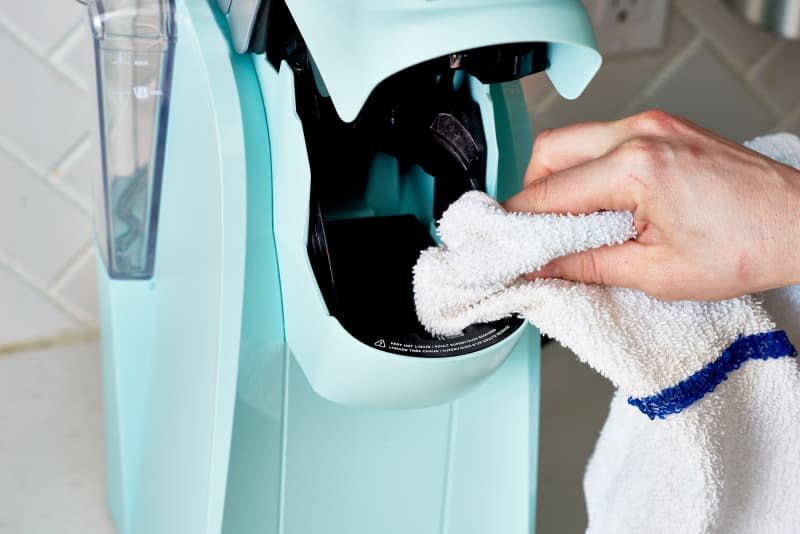
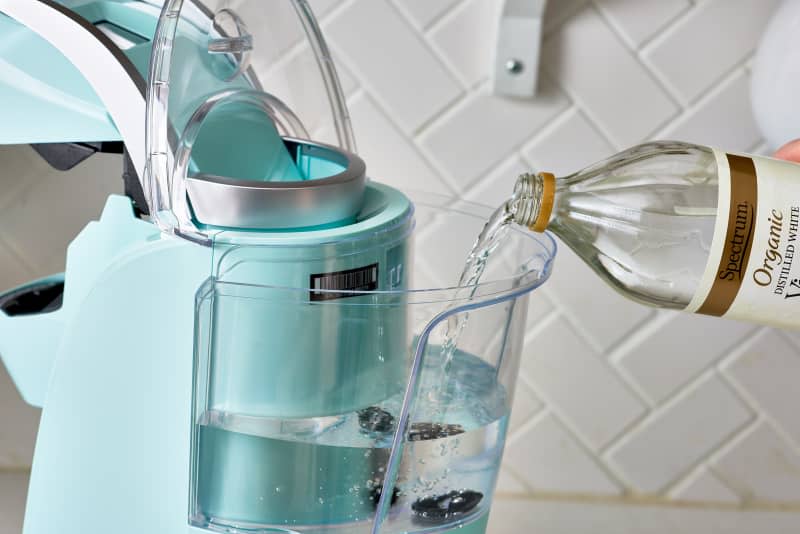
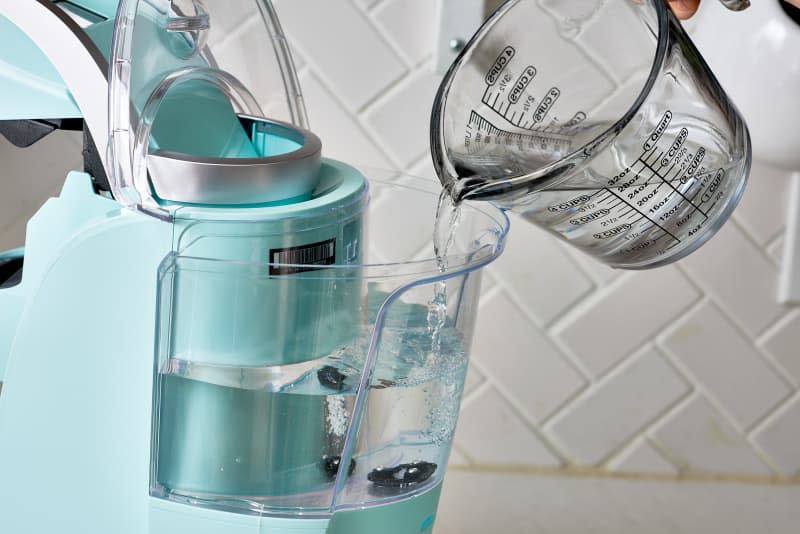
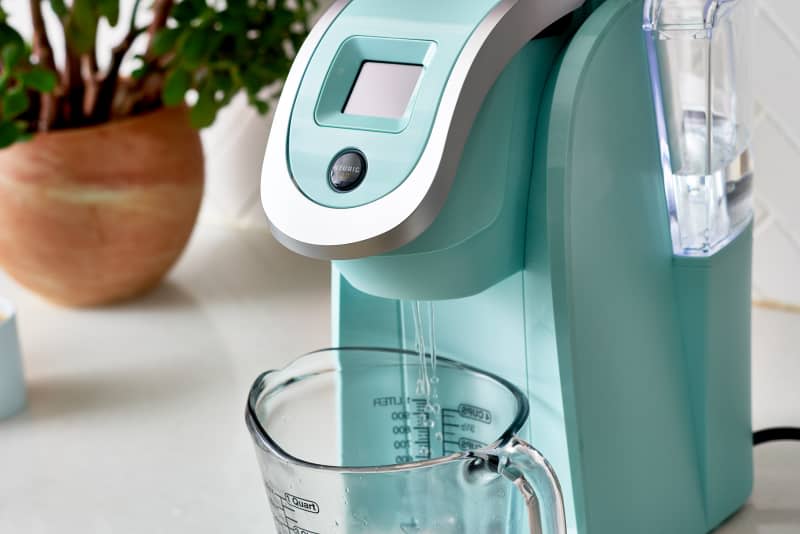
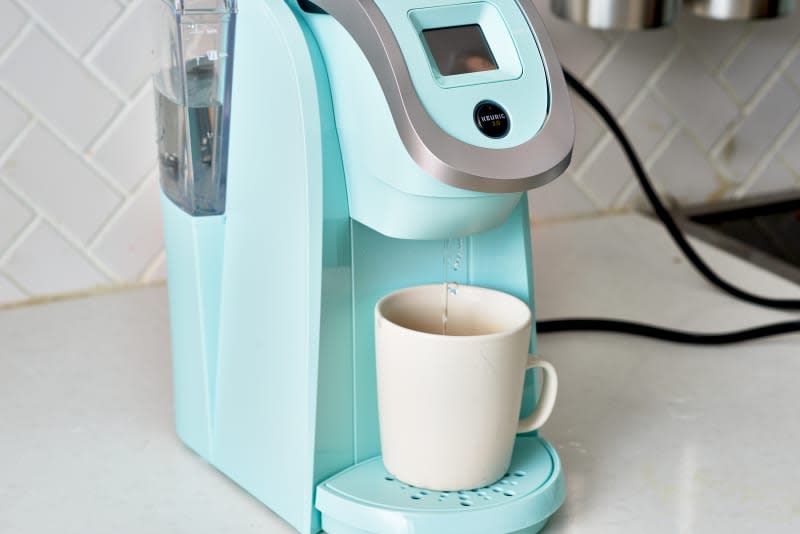
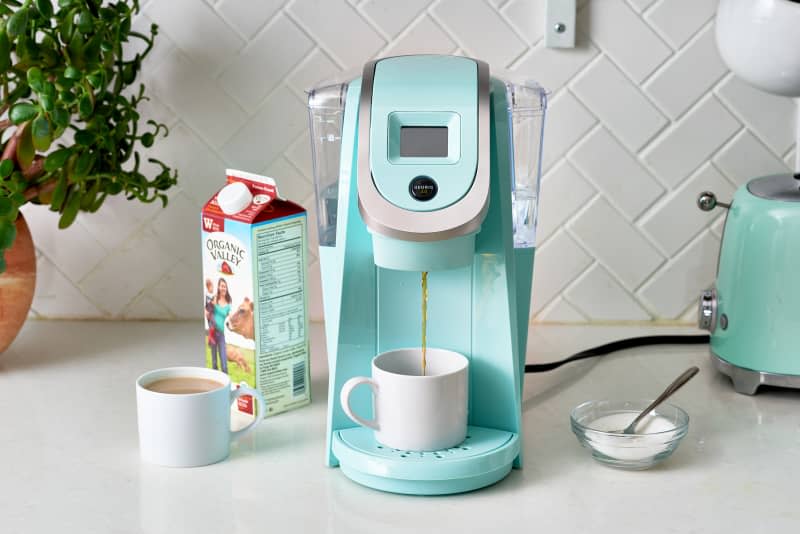
A Few Extra Notes
According to the Keurig website: “We don’t recommend the use of softened water or distilled water. Bottled or spring water works best when brewing with your Keurig.”
Try cleaning the entry and exit needles if your system isn’t performing properly. This video from Keurig explains where to find and how to clean these parts.
Forcing air through the water line by using a straw can help dislodge debris.
Just want to clean your regular, drip coffeemaker? See our tutorial here.


